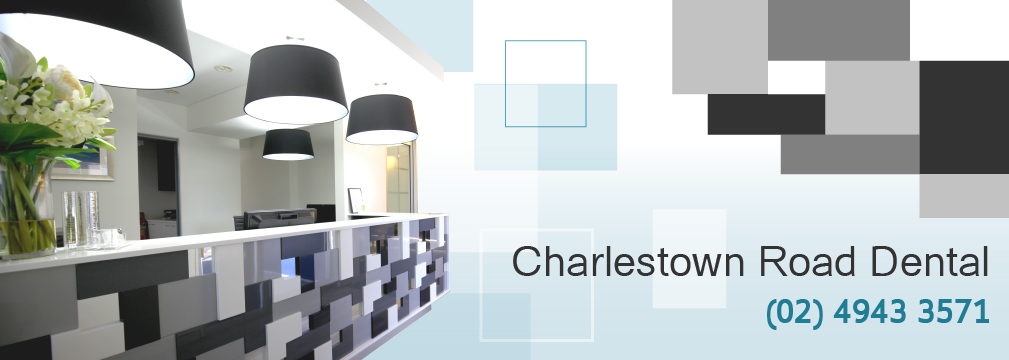“Having straight teeth aids a healthy and attractive smile. It is also vital for effective access for cleaning and can create an efficient and supportive bite”. Dr Philip Skipsey
We offer fixed and removable orthopaedics and orthodontics (including braces) for adults and children
Our team will work with you to:
- recognise and diagnose developing malocclusions and crowding
- implement early interceptive treatment (eg retrain to eliminate bad habits, orthodontic / orthopaedic appliances, early extractions)
- plan for optimal timing of future orthodontic treatment
We can refer you to trusted specialists if you require advanced orthodontic treatment to ensure the best outcomes for you or your child.e.g.
- lingual braces (braces hidden on the back of the teeth)
- orthognathic surgery – where an excessively prominent and/or retruded jaw can be surgically repositioned by a surgeon
- clear orthodontic aligners eg “Invisalign”
Orthopaedic appliances may shorten the time for braces to be worn
An orthopaedic appliance may be recommended to expand the jaws, usually by way of forces on the teeth, to correct the skeletal irregularity and allow space to concurrently, or subsequently, align the teeth (orthodontically).
Interceptive treatment such as a removable or fixed orthopaedic type appliance(s) to expand the jaws to accommodate the teeth can limit future crowding, which in turn may facilitate or shorten the time need for later braces, or possibly even prevent the need for braces.
These orthopaedic appliances are often less visually obtrusive than classical braces and are well suited to use in a still-growing child to enhance the direction of growth of the jaws.
Braces
Full braces do give the most complete control over tooth placement.
Orthodontic treatment, or aligning the teeth, may also be achieved with removable or fixed appliances, the most well-known being braces. Adults are still able to undergo orthodontics after finishing the growth phase, and we are increasingly treating adults as well as children.
We have ceramic (tooth-coloured) brackets to reduce the visibility of the braces if desired.
After removal of braces
At the end of orthodontic treatment it is usual to ensure that the teeth do not relapse or crowd again as they are inclined to do. As insurance against tooth movement we will typically attach a small wire to the back of the front six teeth, top and bottom, which is not visible when smiling or talking, intended to remain for the long term. It does require a little extra focus on cleaning around the retainer, but it gives you confidence that the teeth will not crowd again while the retainer is in place, without the need to remember to wear a removable retainer (or “plate”) or risk misplacing it (or the dog chewing it!)
Why does my child need orthodontic treatment
The following factors can require future orthodontic treatment, but in some cases may be corrected by conscious changes in habits:
- dummy/thumb-sucking
- tongue thrust which is causing an irregular/crooked bite
- unsightly, excessively protruded (“buck”) teeth – lip posture habits can also contribute to, or perpetuate, this
Other factors which are outside the direct control of the child, can also cause such strong influence on behaviours such as mouth posture that they influence tooth position and jaw growth development.
Nasal obstruction may affect tooth position and jaw growth development
Chronic nasal obstruction (caused perhaps by enlarged adenoids) encourages a persistent mouth breathing habit, and this constant mouth open posture means that the tongue (a highly muscular organ) is not resting against the roof of the mouth exerting its usual sideways expansion pressure against the alveolar ridges (the bony part of the upper jaw which supports the teeth) and the teeth themselves.
This leads to a narrow upper arch of teeth, and the lack of space is usually most visible at the front teeth as crowding or excessive prominence. As the bones that form the roof of the mouth also form the floor of the nasal cavity, this may also influence a narrower nasal airway which in turn further reduces efficiency of nasal breathing.
The underlying issues such as enlarged adenoids or chronic rhinitis (blocked, runny nose) should be investigated and addressed, perhaps as the starting point, by the patient’s general medical practitioner and/or specialist such as an ENT (Ear, Nose and Throat or “otorhinolaryngologist”!), and we will facilitate referral if required.
Early enough medical treatment may possibly be sufficient to re-establish normal function and a degree of self-correction or, better yet, prevent the undesirable growth patterns developing.











